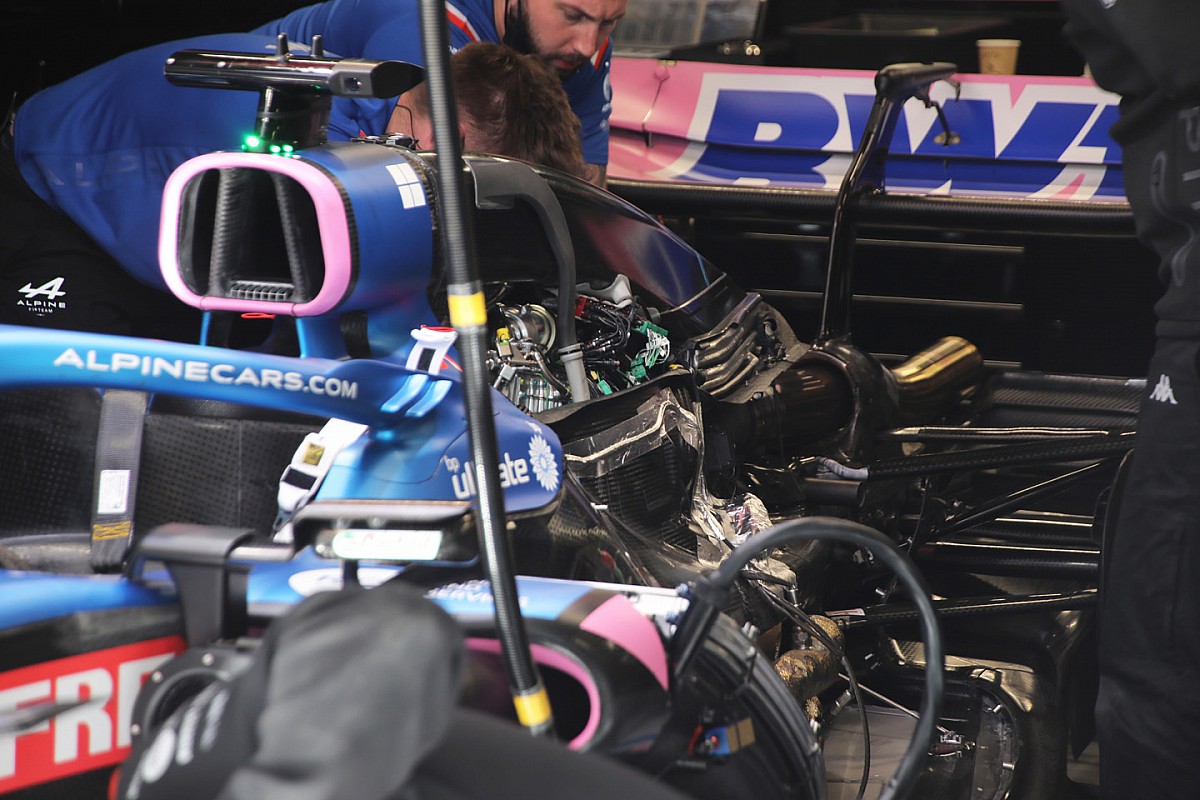How Technology Is Changing Modern Motorsport
This article discusses how technology is revolutionizing motorsport around the track, in the pits, and in the hands of fans worldwide.
Motorsport has been a significant attraction for years. Like every other sport, it has changed dramatically from a mechanical-grit approach to high-tech and data-driven.
Today, we see features like the sharp accuracy of Formula 1 and the environmentally friendly trend of Formula E. All these racing areas have now changed due to innovative technologies.
From real-time telemetry to mobile payments at offshore casinos, technology is reshaping how fans engage with racing both on and off the circuit.
Data, Telemetry, and Artificial Intelligence
Formula 1 cars are highly instrumented, with more than 300 sensors. These feed telemetry data into the vehicle, including engine temperature, suspension load, brake wear, fuel consumption and where they are delivered.
This live feed is taken back to the pit wall where a more powerful real-time simulation is run using high-performance computing systems, including Oracle Cloud Infrastructure supporting Red Bull Racing, in billions of GPU-accelerated simulations to model tire degradation, fuel consumption, and the best window to pit.
Machine learning models using historical race results predict the behavior of their competitors and weather variations, providing a split-second advantage to strategists to change their tactics in an ongoing race. Telemetry can tell engineers what to do, and data suggests what the current fan should do.
Hybrid Engines and Electric Racing
Advances in hybrid powertrains have revolutionized Formula 1 engines. Modern V6 turbo-hybrids feature both MGU‑K and MGU‑H units that recover braking and exhaust heat, boosting efficiency to around 50 % and trimming fuel use to roughly 100 kg per race, down from former levels.
Meanwhile, Formula E’s Gen 3 electric racers use front and rear motors and regenerative braking to recapture up to 600 kW—enough to provide over 40 % of race energy—making them among the most efficient racing cars ever. As electric racing expands, betting on series like Formula E is gaining traction.
Simulation and Virtual Racing
Professional race drivers and teams use state-of-the-art, ultra-realistic sims such as Axsim G-force rigs and factory-based F1 sim to practice tracks, set up and train engineers, without getting anywhere near the tarmac. Some sim platforms, such as Assetto Corsa Competizione and iRacing, offer rich telemetry topics that help build better reactions, braking, and racecraft.
FIA Formula One Esports Series, which started its seventh season, and growing esports leagues such as Virtual Motorsport Series, demonstrate that digital racing has grown into a sport in its own right. Reflecting this growth. These let fans wager on sim races year-round and enjoy seamless action even between real-world events.
Aerodynamic and Engineering Innovation
Formula One teams use state-of-the-art CFD software on supercomputers such as BMW-Sauber 100-million-cell models or the McLaren digital wind tunnels powered by Dell computers. This enables them to simulate airflow and optimize front wing angles, diffusers and engine covers before they combine physical parts
These CFD results are validated in wind tunnels using Particle Image Velocimetry to ensure only a ~3–7% variance between simulation and reality. Even millimeter-scale tweaks to wing flaps or bodywork can shave tenths of a second off lap times—as Reddit notes, “millimeters absolutely matter!”.
Safety Technology and Driver Protection
The introduction of the halo in 2018 added a titanium ring above drivers’ heads, raising survival probabilities by around 17 % and shielding against debris and rollovers in incidents like Grosjean’s 2020 crash and Verstappen–Hamilton in 2021. Helmets now combine:
- Carbon fiber
- Kevlar
- Nomex liners
- MIPS padding
Nomex fire‑resistant suits and gloves also come with biometric sensors tracking pulse and oxygen. These help drivers after impacts.
Real‑time telemetry, AI crash‑prediction systems, and biometric data reduce accident risk by up to 15 % and improve post‑crash response. Many Non Gamstop casinos now provide live driver health stats and dynamic betting updates that reflect in‑race safety events, offering fans insight and opportunities even during caution periods.
Motorsport for the Fans: Broadcasting, VR, and Interactivity
Fans today can dive into races via driver cams and onboard feeds—NASCAR’s “Driver Cam” on Max and F1’s multi-angle driver view on F1 TV offer real-time speed, RPM, gap data, and live team radio for an immersive experience. AR overlays now place live stats—such as lap times, tire performance, heat maps, and even betting odds—directly onto broadcasts and mobile apps. VR Platforms, such as Meta Quest at the Daytona 500 and paddock-club VR Experiences used at F1, allow fans to select cockpit or track-side productions, with 360.
Green Racing and Sustainable Innovation
Greener motor racing is becoming a reality through biofuels, artificial fuels and environmentally friendly materials. Formula 1 focuses on net-zero carbon by 2030, and Formula E will initiate electric mobility and energy-efficient technology.
Conclusion
The modern motorsport has been fastened by technology-developing machines, improving safety, and changing the fans’ experience. Electric cars, immersive broadcasts, and AI are all part of the dynamic digitised future. This change provides fans with a more intelligent, quicker, and more involved interaction.
